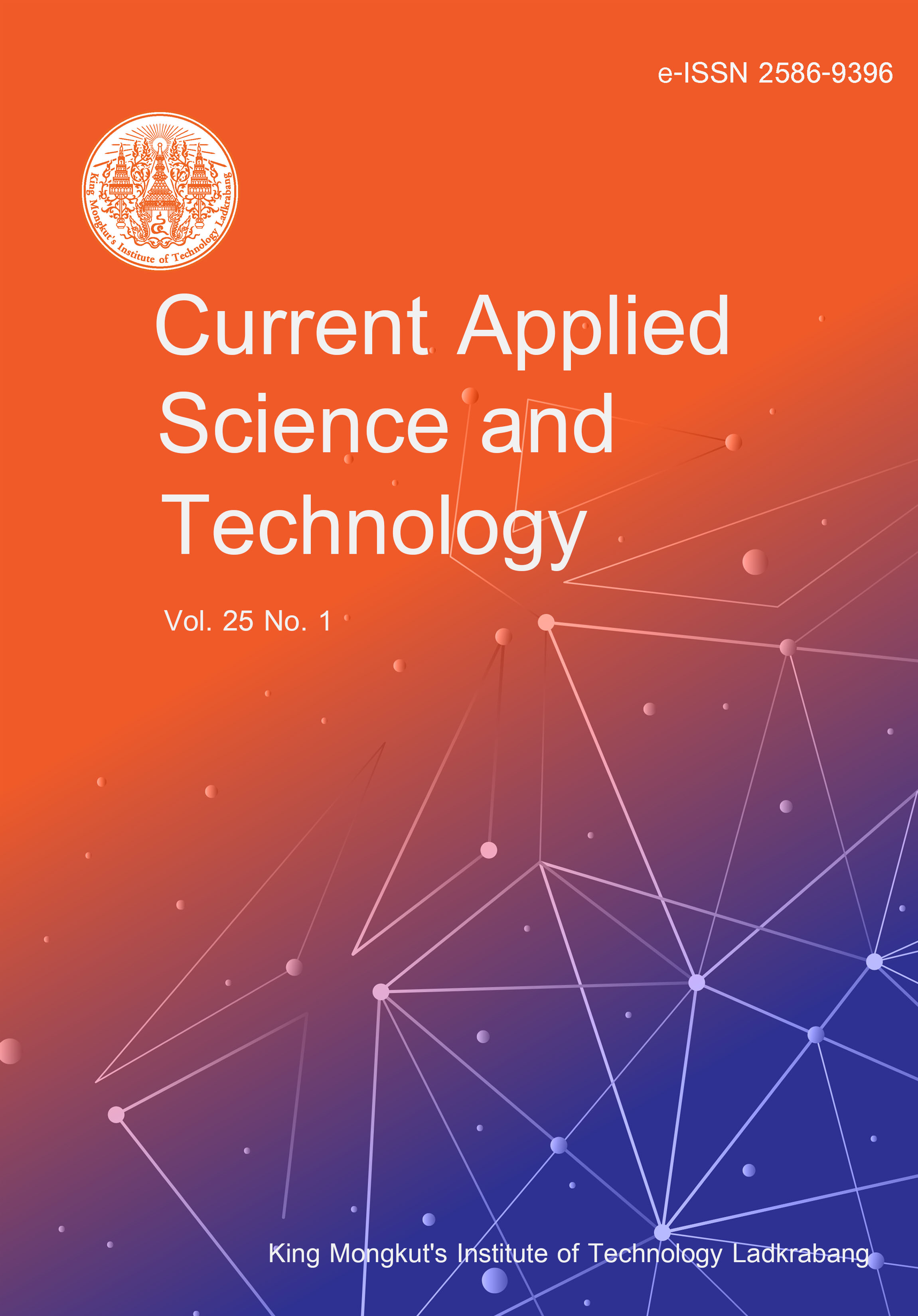The five-membered nitrogen-containing heterocyclic moiety imidazole forms part of molecules that have been used to treat various diseases including life-threatening cancer. Moreover, the imidazole moiety is naturally present in various plants, marine, and microorganism-based metabolites and possesses various medicinal benefits. In this review, the pharmacophore-based substitution effect on the imidazole skeleton is primely compiled. A plethora of synthetic approaches have been adopted to develop imidazole hybrids, a number of which have been used as a basic skeleton for synthesizing other fused hybrids. Second, various recent synthetic methods, both in vitro and in vivo activities, are reviewed. Pharmacophoric examination showed that imidazole acts as a ring aromatic, or hydrophobic center depending on the type of substitution. While substitution with benzene ring, it acts only as a hydrogen bond donor and substitution with a hydrophobic ring and an aliphatic long chain on the imidazole ring leads to anticonvulsant and anti-inflammatory activity. The substitution of various electron-sharing features increases the antiulcerogenic property as well as anticancer activity. The results of this review work suggest that fabrication with specific pharmacophoric features aids in the synthesis of selective antagonist for various diseases.
Priya, R. M. undefined. ., Zaidh, S. M. undefined. ., Navabshan, I. undefined. ., Venkataraman, S. undefined. ., Ahmed, H. N. undefined. ., & Ismail, Y. undefined. . (2024). Pharmacophore-based SAR Analysis and Synthetic Route Review of Imidazole Core Analogues. CURRENT APPLIED SCIENCE AND TECHNOLOGY, e0261082. https://doi.org/10.55003/cast.2024.261082

